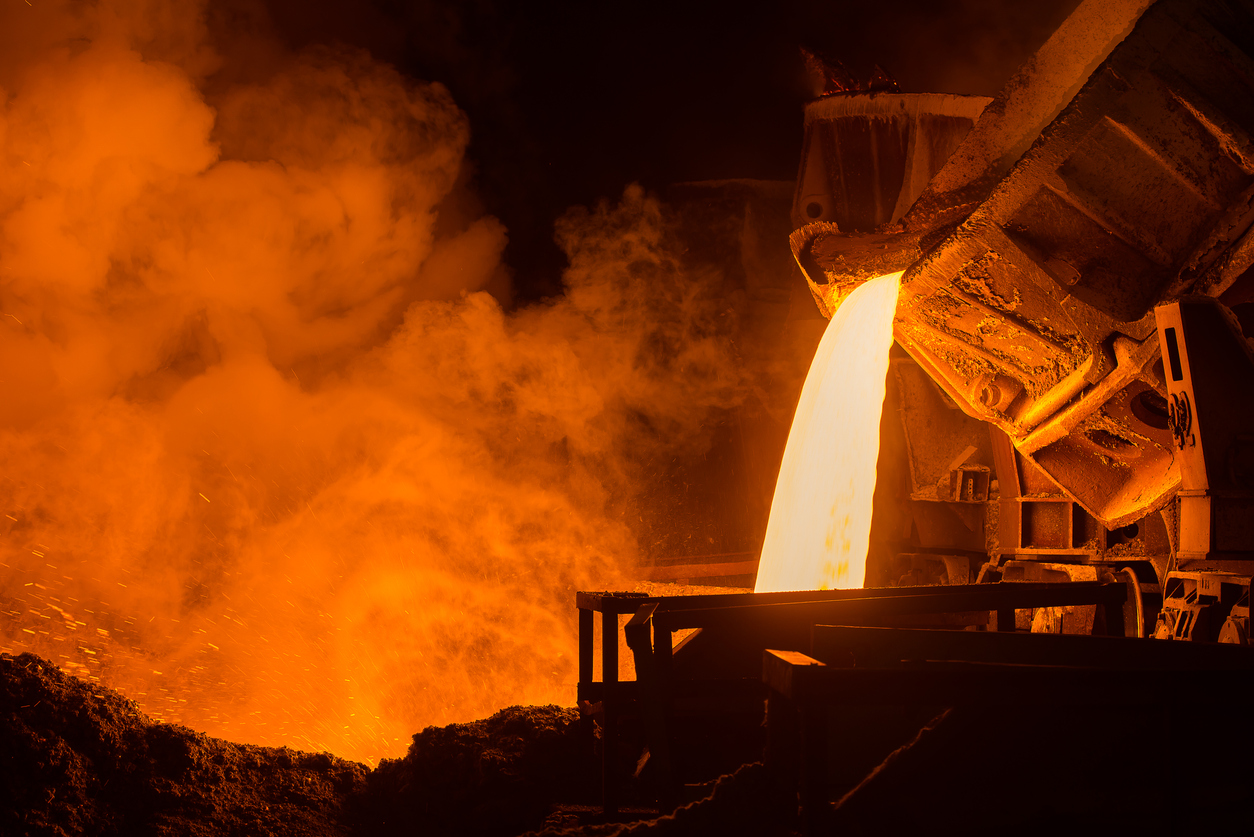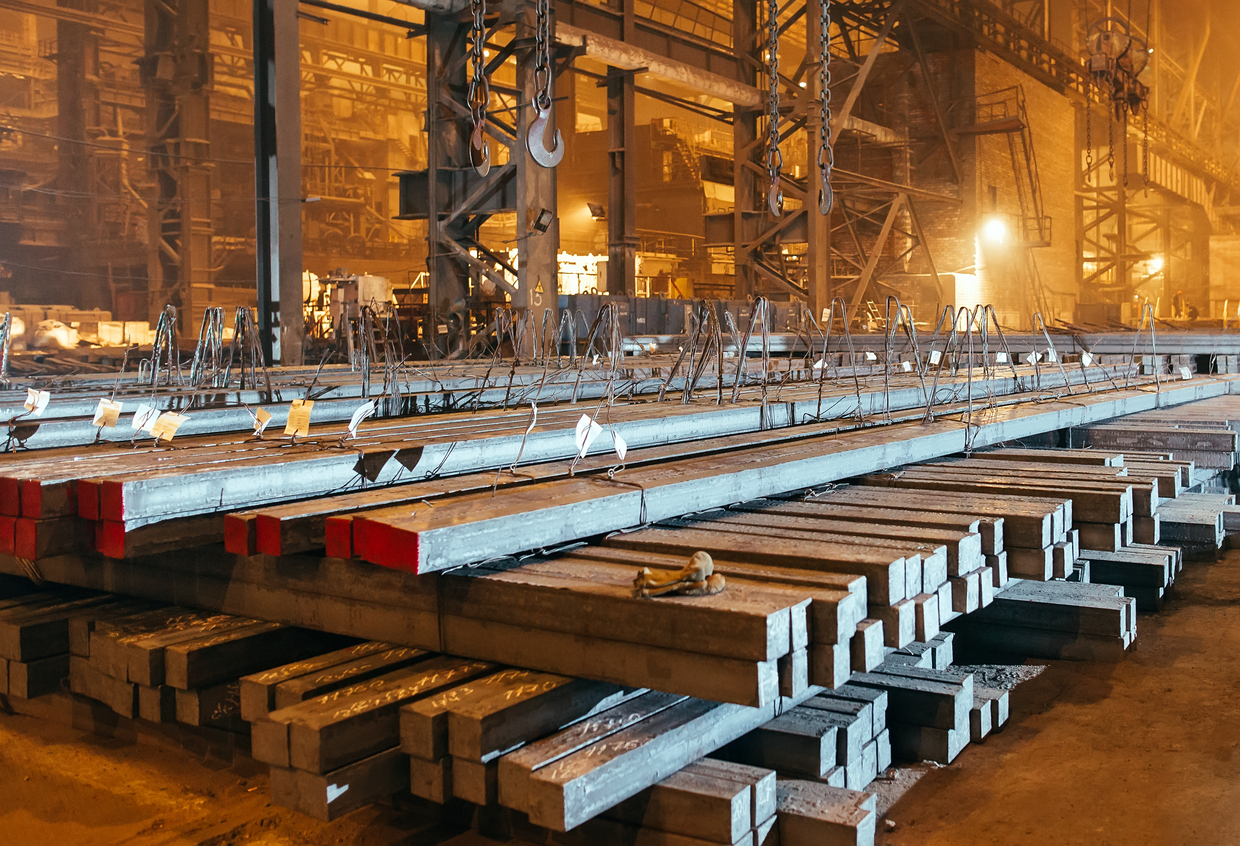
The 2.5% Myth: CBAM formula is not what you think
As the Carbon Border Adjustment Mechanism (CBAM) evolves from its transitional phase into full application on 1 January 2026, reality is beginning to dawn on importers and industrial clients alike: the cost of CBAM will be much higher than initially anticipated.
While EURANIMI informed its members as early as January 2025 of the correct calculation method, many industry stakeholders appear to have misinterpreted the regulation and significantly underestimate the financial impact.
The 2.5% Myth
Contrary to widespread early assumptions, importers are not liable for a mere 2.5% of the CBAM charge in 2026. This figure stems from a misunderstanding of how the mechanism would be phased in. As clarified by the Commission in its official FAQ #132, the calculation is based on the difference between embedded emissions and 97.5% of the relevant EU benchmark, multiplied by the full ETS price. Not 2.5% of it.
In other words, importers will be paying for 97.5% of the emissions gap from day one. This seemingly minor technical point radically changes the financial outlook and can result in CBAM surcharges of 15%–25% or more, depending on the product and origin.
Here is the formula:
CBAM cost in 2026 = (embedded emissions – (EU Benchmark x 97.5%)) × ETS price
Time to Adjust Commercial Practices
This correction has major implications, and we believe it is critical that suppliers begin informing their clients now. In fact, we strongly recommend introducing a separate CBAM surcharge line in every offer, much like what is already done with alloy surcharges. Transparency now will prevent shocks later.
“
Preventing a Disruptive Shock in 2026
EURANIMI is actively engaging with the European Commission to ensure a manageable implementation in 2026. In particular, we are encouraging the Commission to consider:
- The early publication of temporary benchmark and default values applicable specifically to goods released for free circulation in 2026. This early clarity — ideally by June 2025, and well ahead of the Commission’s current “end of year” timeline — will allow importers to better anticipate and model CBAM-related costs, avoiding last-minute disruptions.
- That the initial benchmark values for 2026 be transitional (that is, deliberately less strict than what the best-performing EU averages suggest), in order to soften CBAM’s impact during its first year of enforcement. This will allow the market to adapt gradually and encourages a progressive shift toward lower-emission producers over time.
- That the temporary default values defined for 2026 be set at a reasonably high — but not punitive — level, so they can serve as a realistic fallback in cases where, by 2027, accredited verification reveals that a supplier’s declared emissions for 2025 were significantly underestimated. As importers will not be able to rely on verified emission data from non-EU suppliers until late 2026 at the earliest, default values will play a crucial role in managing uncertainty and limiting financial exposure to unforeseen corrections.
ETS Price Volatility and the Real Cost of CBAM
With the ETS price currently hovering between €65 and €80 per tonne of CO₂ — and widely expected to rise in 2026 — the CBAM will represent a real, quantifiable cost that directly affects the price of imported stainless steel and aluminium.
And unlike alloy surcharges, this cost is not market-driven but policy-driven, determined by regulatory frameworks and institutional choices.
The Real Risk: Inaction
The worst scenario is not the CBAM itself. It is being unprepared for it.
Webinar 10/06/2025
Our May webinar in collaboration with Dubrink was a sell-out with over 120 registered participants. Perhaps unsurprisingly, the volume of questions received far exceeded our time slot. And so, we will be organising a follow-up webinar on Tuesday 10th June at 11am CET (Brussels Time).
During this second session, we will:
- address the outstanding questions,
- cover a few additional topics,
- and, time permitting, open the floor for a more interactive exchange among participants.
These webinars are part of our ongoing effort to keep our members ahead of the curve, especially with such a fast-moving and complex file as CBAM. In the meantime, if there are additional questions you’d like us to consider, feel free to send them our way.
You can sign up right here.
Related Articles
Case Documents
Please log in as a member to consult all related case documents.



